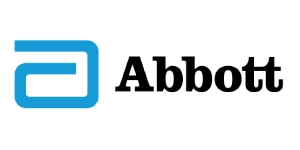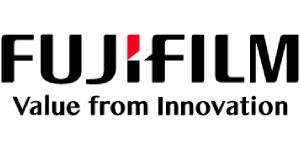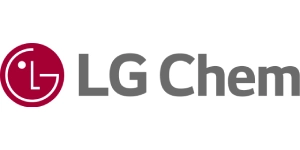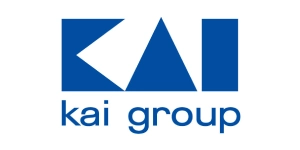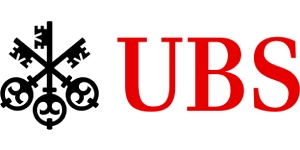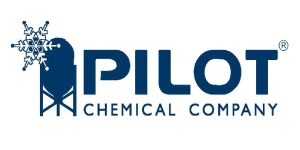Innovations in the Transformerless UPS Market Powering Energy-Efficient Infrastructure
Category : IT And Telecommunications | Published Date : May 2025 | Type : Press Release
The rise in the requirement for compact, energy-efficient, and cost-effective power protection solutions is influencing the development of innovative transformerless UPS. Transformerless UPS systems, also known as transformer-free UPS, do not use a transformer to provide isolation and voltage conversion. In 2025, the Transformerless UPS Market is witnessing significant shifts, fueled by the shift towards modular and scalable systems, advanced battery management solutions, transformerless UPS for reducing the carbon footprint of the installation, utilization in BFSI systems, and growing adoption in data centers. This article explores the key trends driving the transformerless UPS market in 2025 and how they are helping meet the demand for energy-efficient infrastructure.

1. Shift Towards Modular and Scalable Systems
One of the most transformative trends in 2025 is the shift towards modular and scalable systems. Modular Transformerless UPS systems provide great reliability by reducing the risk of single-point failures. These systems are designed to be easily scalable, allowing businesses to add more power modules as needed, without replacing the entire system.
The inherent advantages of modular and scalable systems, including flexibility, redundancy, ease of maintenance, and cost-effectiveness, make them an adopted choice for businesses of all sizes looking to ensure reliable and adaptable power protection for their critical infrastructure. Next-generation modular and transformerless UPS design provides innovative features mainly for mission-critical applications.
2. Advanced Battery Management Solutions
The global push towards advanced battery management solutions is another major factor influencing the transformerless UPS market for uninterruptible power supply. Transformerless UPS provides prominent advantages by accurately controlling and monitoring various battery parameters, which generally include the voltage, current, and temperature. These factors lead to the expansion of the battery lifespan, which enhances reliability by predicting failure, improves energy efficiency through optimized charging, and ensures the safety of the battery by avoiding hazardous conditions.
The transformerless UPS for advanced battery management systems also allows for real-time and remote monitoring, mainly for proactive management, and supports the adoption of newer, more efficient battery technologies like lithium-ion. This ultimately reduces the total cost of ownership and maximizes uptime for critical applications.
3. Transformerless UPS for Reducing the Carbon Footprint of the Installation
Transformerless UPS systems reduce the carbon footprint through increased energy efficiency, reduced material consumption, and smaller size. This leads to lower energy usage and reduced cooling demands. They also allow for more flexibility in installation and maintenance. Advancement in these UPS systems generally provides higher energy efficiency compared to traditional transformer-based UPS. This leads to lower electricity consumption and reduced cooling requirements for the installation.
In 2025, innovations and advancements in various advanced battery management in the UPS systems optimize the lifespan and efficiency of the battery. This reduces the frequency of replacements and the impact of battery production and disposal. The rise in adoption of modular and scalable transformerless UPS also prevents over-provisioning, which ensures that energy is used more effectively and thereby reduces excess power consumption. Technological advancements in these UPS systems result in cost savings and contribute to reducing the carbon footprint of the installation.
4. Utilization in BFSI Systems
The utilization of transformerless UPS solutions is a significant trend driven by the need for continuous operations of critical systems that mainly include various transaction processes. These systems provide high efficiency, advanced monitoring capacities, and carbon footprint, which are important for the continuous and protected operations of sensitive electronic equipment.
In 2025, the growing financial landscape is influenced by the requirement of novel power protection against grid fluctuations and outages. This ensures easy transaction processing, protection of critical financial data, and maintaining connectivity for banking services such as ATMs and online platforms. This leads to the reliance on transformerless UPS in maintaining stability and operations conducted in the BFSI sector.
5. Growing Adoption in Data Centers
The Growing Adoption of Transformerless UPS in data centers is another significant factor driving the transformerless UPS market in 2025. Transformerless UPS systems have more efficient solutions compared to transformer-based systems, particularly at lower loads. This leads to a lower consumption of energy and lowers the utility costs for data centers.
In 2025, the absence of a transformer reduces the initial capital cost of the UPS system. Additionally, lower energy consumption and maintenance needs, contribute to reduced operating costs. These systems are generally designed with modularity, allowing data centers to easily scale their power backup capacity as needed.
Conclusion
The Transformerless UPS market in 2025 is characterized by innovation, sustainability, and energy-efficiency. With the global focus on advanced battery management solutions, shift towards modular and scalable systems, and advancement in transformerless UPS systems among others are evolving from passive devices into intelligent, and adaptive solutions. As energy demand continues to rise, the role of the next generation transformerless UPS will be important in ensuring reliable power delivery. Stakeholders who embrace these emerging trends will be better positioned to lead the energy transition and shape the future of global energy networks.
